Many of Stephen King’s works have been adapted to the big and small screen, but which of the author’s Nightmares and Dreamscapes stories have adaptations so far? Since his 1974 debut Carrie became a bestseller, Stephen King has been the first name in American horror writing. The prolific author has penned dozens of novels and short stories in the intervening decades and his works have inspired adaptations ranging from the sublime (1980’s masterful The Shining) to the ridiculous (2020’s disastrously miscast The Stand remake).
However, not all of King’s adaptations come from the author’s many novels. Some of the most well-loved King movies are adapted from the author’s large back catalog of short stories, such as The Shawshank Redemption. King has numerous short story collections, some of which are all horror and others of which bounce back and forth between different genres depending on the tale. Almost all of these collections have inspired at least one TV or movie adaptation, with some of them spawning screen versions of almost all their stories.
King’s endlessly influential early collection Night Shift, for example, spawned no less than ten adaptations between television and cinema screens. One of these, the critically-derided The Children of the Corn, managed to begin a long-running horror franchise, while another (“Trucks”) was adapted not once, but twice, as an expensive King-directed flop and as a smaller scale television movie. However, not all of King’s collections have such an impressive hit rate when it comes to screen adaptations. Take, for example, the 1993 short story collections Nightmares and Dreamscapes. Even though the book led to an anthology TV show of the same name, only 5 of Nightmares and Dreamscapes’ whopping 24 stories have been adapted to the screen so far. Of these adaptations, two are full-blown feature films, one is an anthology movie segment, and the final two adaptations are standalone stories from a pair of horror anthology shows. Outside of the vetoed Tales From the Darkside 2 movie segment “Rainy Season”, this King collection has inspired a mixed bag of adaptations as evidenced by a look back on every Nightmares and Dreamscapes story adapted so far.
Dolan’s Cadillac
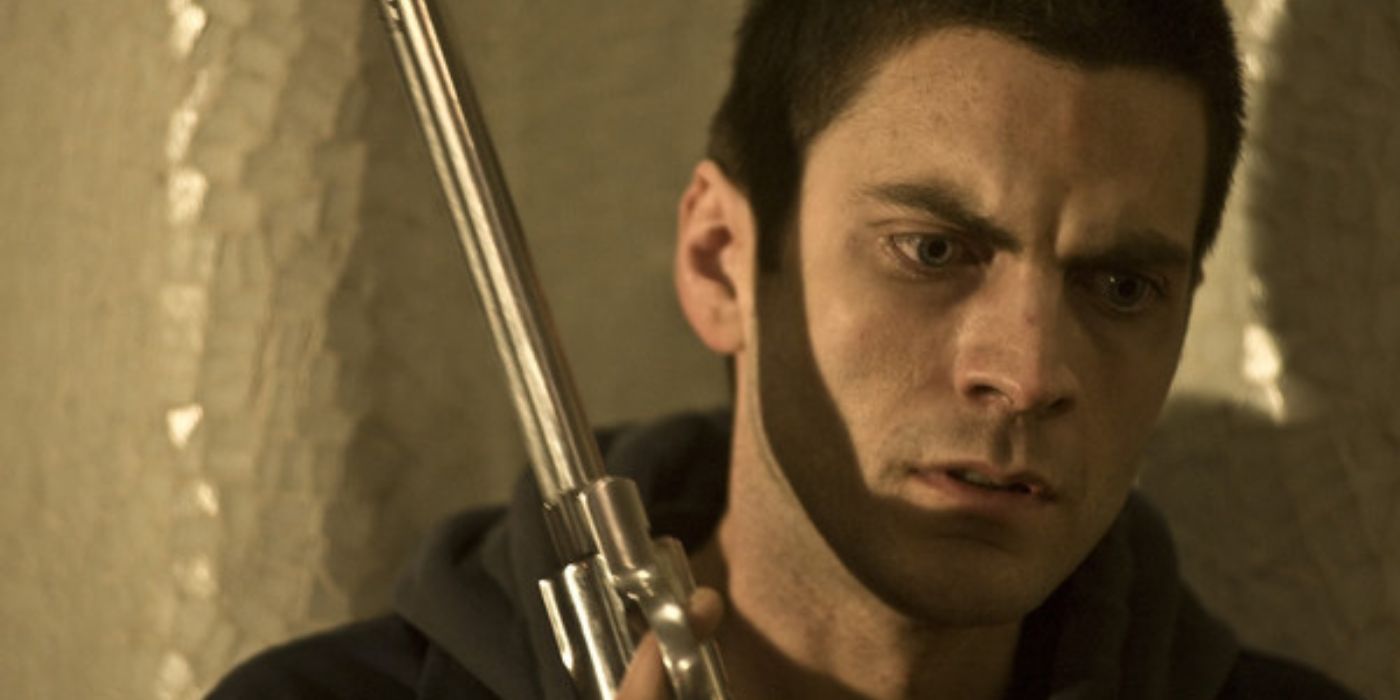
The story of a schoolteacher vowing revenge on a mobster who murdered his wife, Dolan’s Cadillac is a relatively rare foray into violent mystery fiction for King. The tense novella is violent enough to count as horror for some more squeamish readers, but its ploy is mostly a fusion of psychological thriller and film noir elements as the tortured teacher plans brutal revenge on the titular villain. Dolan’s Cadillac became a direct-to-DVD thriller that unfortunately didn’t secure its original intended star, Sylvester Stallone, as the Stephen King villain. Instead, the forgettable 2009 release starred Christian Bale as the crooked thug and Wes Bentley as the antihero and received mixed to negative reviews.
The Night Flier
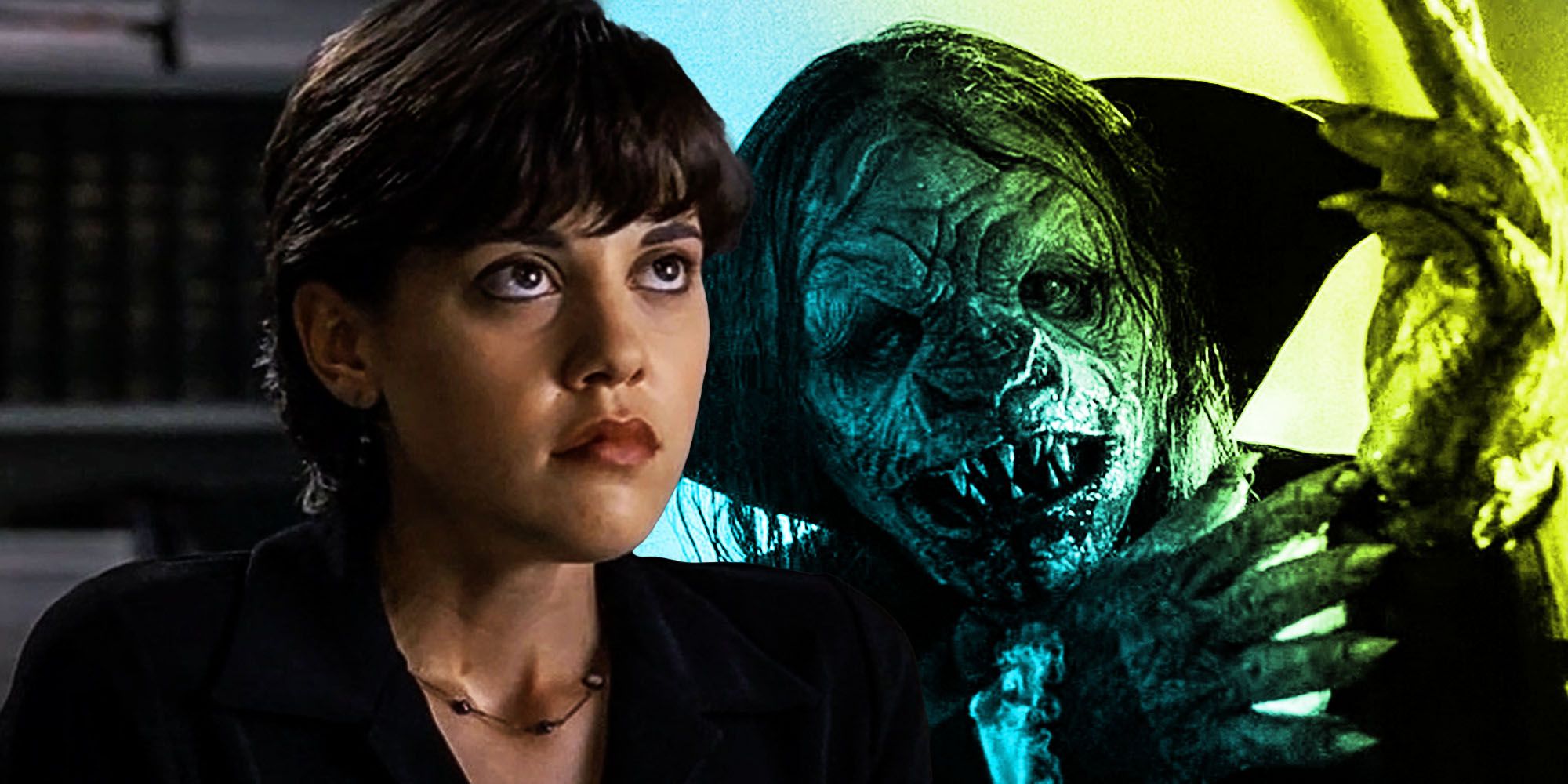
First things first, The Night Flier is about a journalist who tried to track down a small aircraft pilot who he believes is a killer vampire. If that sounds too silly to take seriously, the adaptation of this short story from 1997 may come as a surprise to some King fans. Starring a superb Miguel Ferrer as its cynical antihero, The Night Flier was expanded from the terse original story into one of King’s most underrated adaptations, a 1997 vampire horror that remains surprisingly influential. Admittedly, as far as Stephen King’s vampire stories go, The Night Flier is not a patch on the iconic miniseries version of Salem’s Lot. However, few horror projects are as effective as that early adaptation and some well-aged, genuinely scary makeup effects ensure that The Night Flier never goes off course in its small-scale scares.
Chattery Teeth
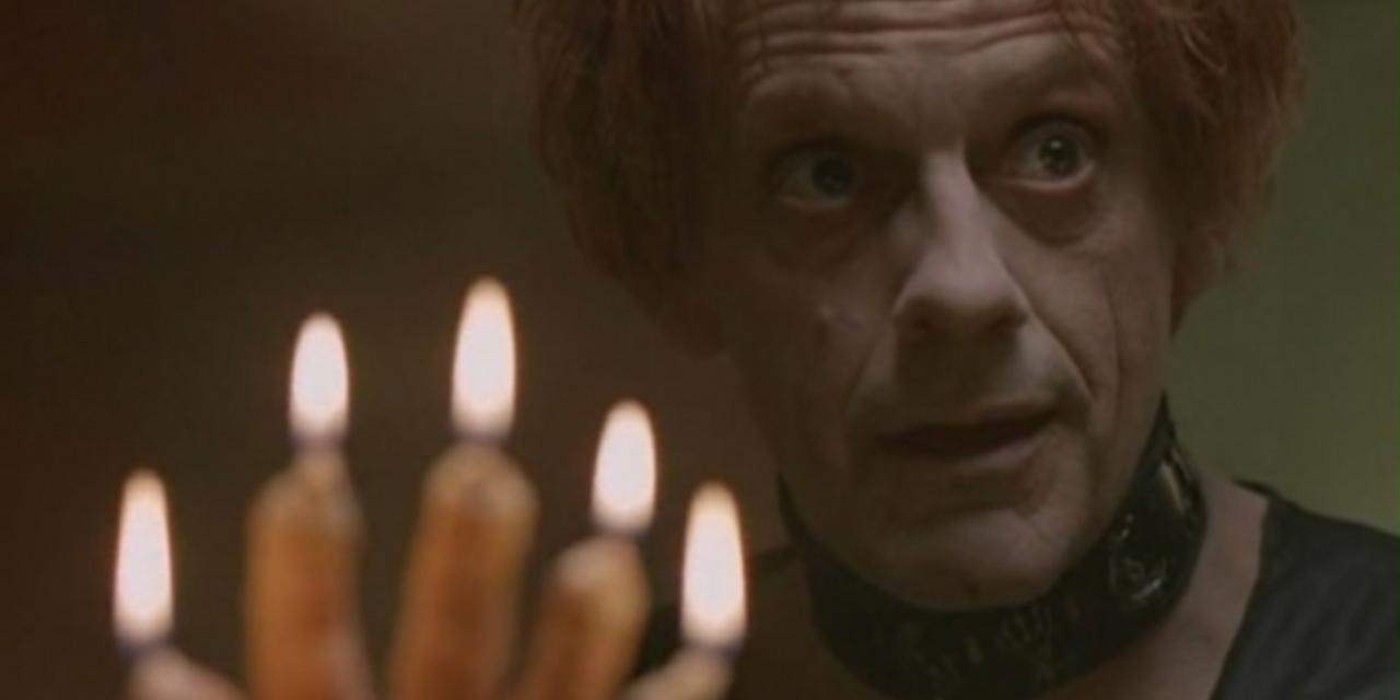
An utterly bizarre but undeniably effective creepy tale, “Chattery Teeth” enters around a killer pair of the titular toys that an unfortunate character comes across in a store display. All manner of gory murder ensues once he comes into possession of the killer teeth in a story that has shades of King’s earlier “The Monkey” and his later, scarier “The Road Virus Heads North.” While that Everything’s Eventual story was adapted as an episode of the Nightmares and Dreamscapes TV show, “Chattery Teeth” made it to the big screen as one of two segments in director Mick Garris’ horror-comedy anthology Quicksilver Highway. The half of the movie comprised of an adaptation of Clive Barker’s infamously weird short story “The Body Politic”, making the movie one of King and Barker’s only collaborations to date. However, despite a spirited performance from the always-reliable screen veteran Christopher Lloyd, Quicksilver Highway is otherwise pretty forgettable, and fans of King would be better off sticking to this story’s Kathy Bates-narrated audiobook re-telling.
Sorry, Right Number
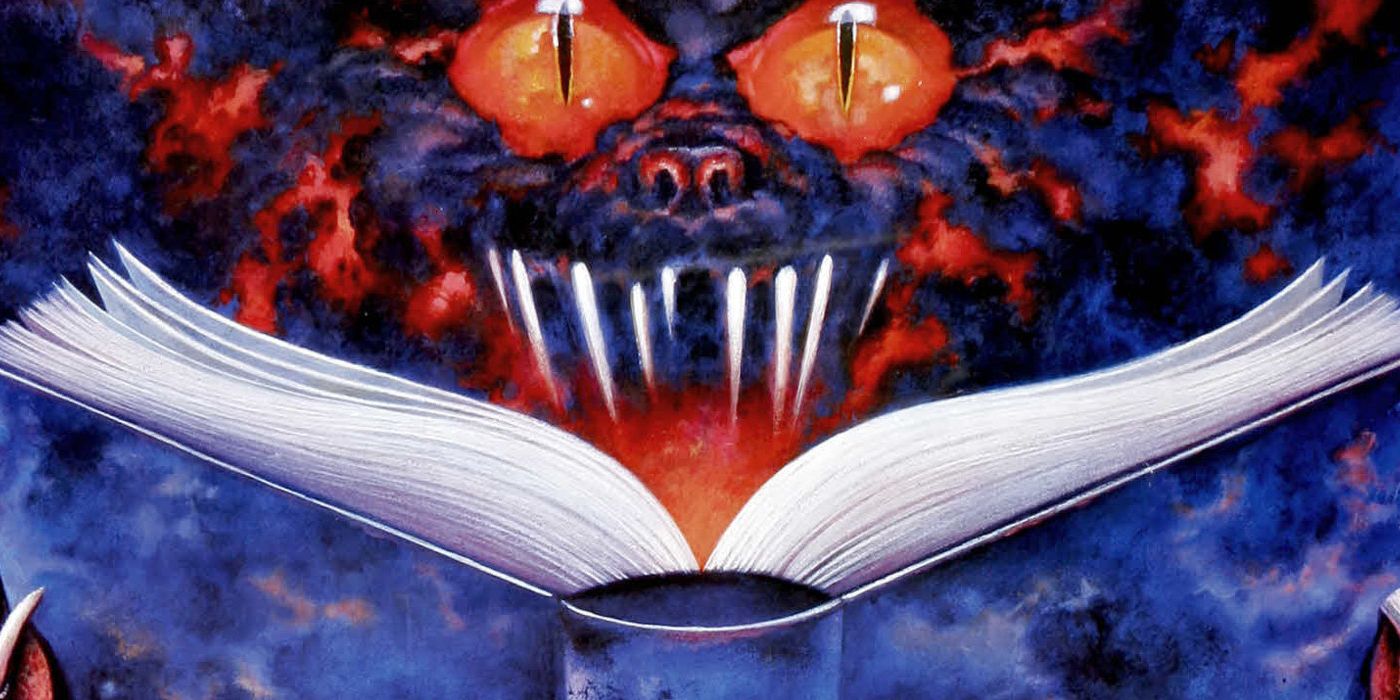
Unusually for a King story, “Sorry, Right Number” became a Tales From the Darkside episode before the tale was published as a short story. As is the case in much of Stephen King’s work, the protagonist is a writer, but the story soon proves too tragic to be an autobiographical tale. It’s a tense and unnerving short that works well as a self-contained slice of anthology horror thanks to a brutally cruel twist, and the television episode is arguably even better than the story. Both prove King is a master of supernatural suspense, and are effectively simple horror stories from the author.
The Moving Finger
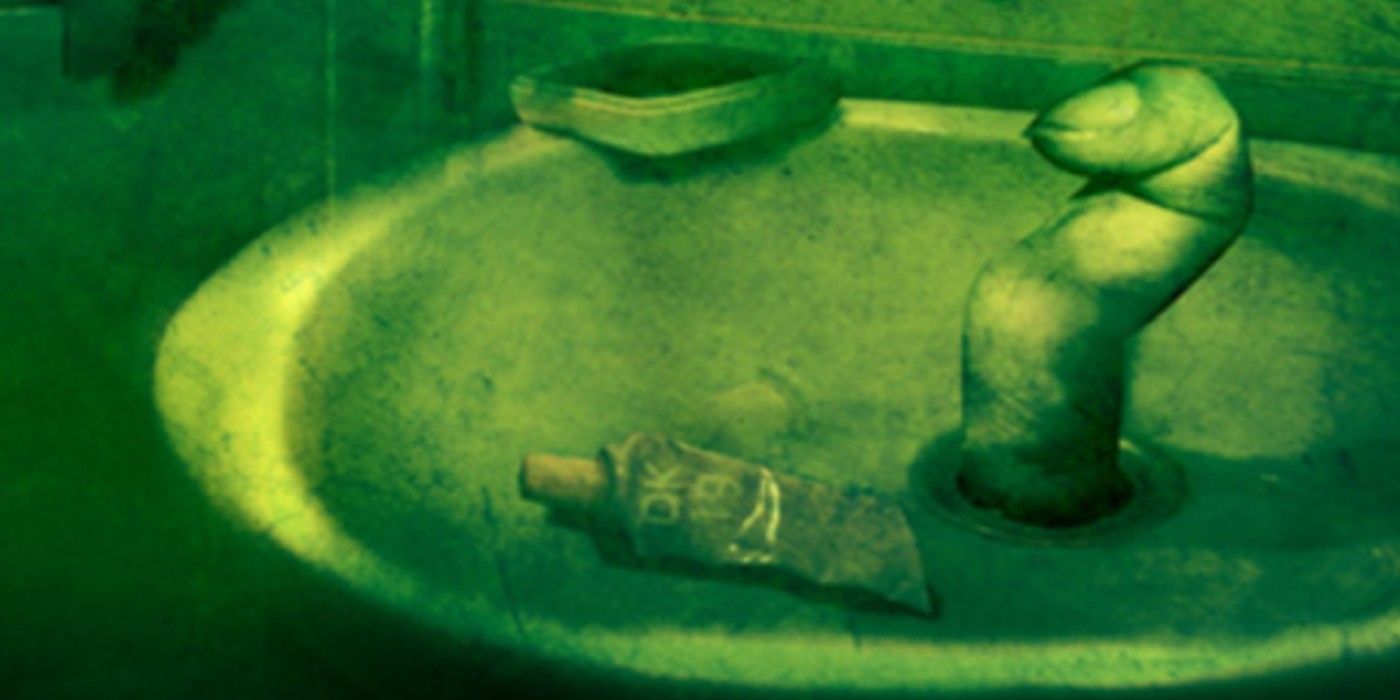
The short story “The Moving Finger” became an episode of the anthology horror series Monsters. Unfortunately, the story’s reliance on the lead character’s internal monologue limited the effectiveness of its screen adaptation. Monsters was one of many anthology horror shows that was greenlit after the unexpected success of HBO’s Tales From the Crypt, and like that earlier hit, the series featured blackly comic creepy tales modeled on the EC Comics of the ‘50s. However, Monsters was more limited in what it was allowed air and as a result, outings like “The Moving Finger” were a touch too toothless for some hardened horror fans. The episode remains watchable, but it is far from the most effective Stephen King short story adaptation to come from Nightmares and Dreamscapes, in part because of the uncertain tone of Monsters and in part because of the show’s limited budget.




